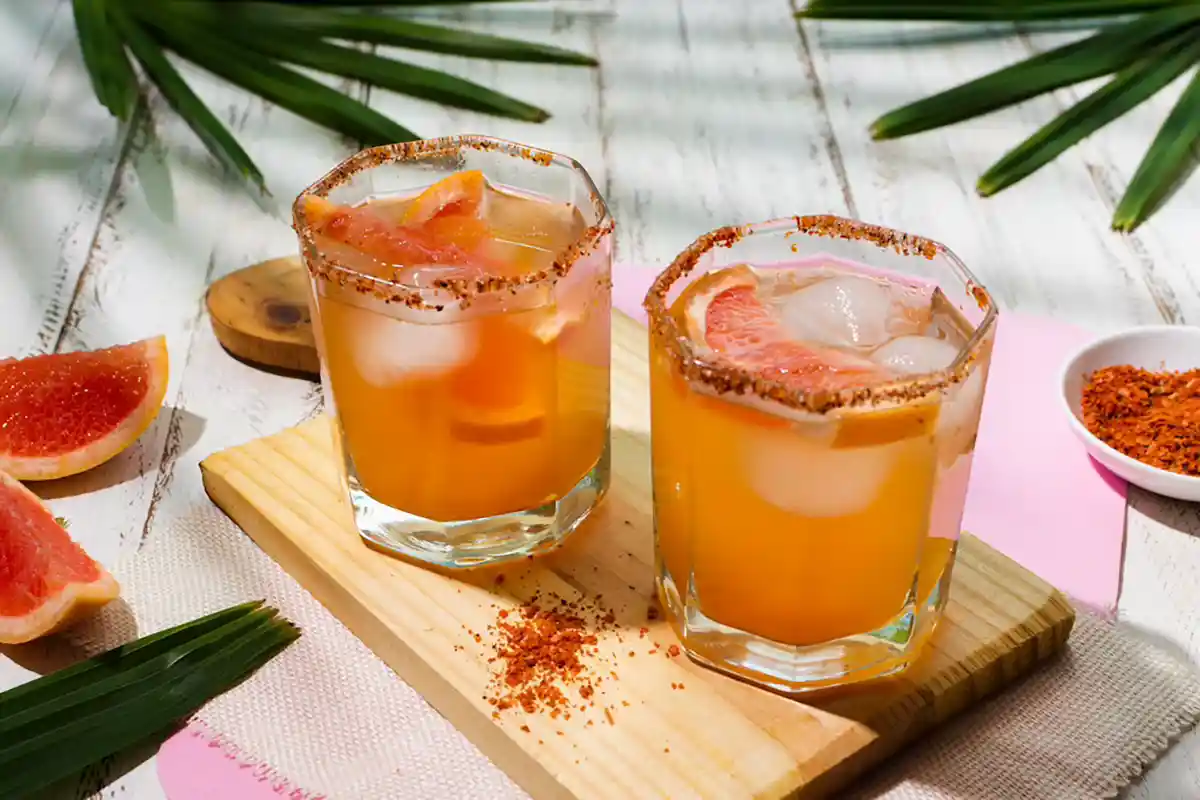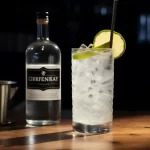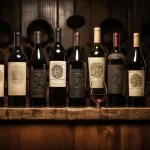The world of cocktails is ever-evolving, and one of the latest trends is the rise of low-alcohol by volume (low-ABV) cocktails. These drinks offer all the flavor and complexity of traditional cocktails, but with less of a punch. Whether you’re looking to cut back on alcohol consumption or simply want to try something new, low-ABV cocktails are a great option. In this guide, we’ll explore what low-ABV cocktails are, how they’re made, and provide some examples to get you started.
What are low-ABV cocktails?
Low-ABV cocktails are drinks that contain less alcohol than traditional cocktails. Typically, a low-ABV cocktail will contain between 0.5% and 15% ABV, whereas a traditional cocktail may contain 25% ABV or more. The idea behind low-ABV cocktails is to provide all the flavor and complexity of a traditional cocktail, but with a lower alcohol content.
How are low-ABV cocktails made?
Low-ABV cocktails can be made in a variety of ways, but one common method is to use fortified wines as the base spirit. Fortified wines, such as vermouth or sherry, are wines that have had additional alcohol added to them. Because these wines are already higher in alcohol than traditional wines, they can provide the backbone for a cocktail without needing to add additional spirits.
Another common method for making low-ABV cocktails is to use a split base. This means using two or more spirits in a cocktail, but in smaller quantities than you would in a traditional cocktail. For example, instead of using two ounces of gin in a gin and tonic, you might use one ounce of gin and one ounce of a lower-alcohol liqueur.
Examples of low-ABV cocktails
There are endless possibilities when it comes to low-ABV cocktails, but here are a few examples to get you started:
| Cocktail Name | Ingredients | Instructions | Garnish |
| Aperol Spritz | 3 oz. Prosecco 2 oz. Aperol 1 oz. Club soda | Build in a wine glass filled with ice. Stir gently. | Orange slice |
| Sherry Cobbler | 2 oz. Dry sherry 1 oz. Fresh orange juice 1/2 oz. Simple syrup 2 dashes Angostura bitters | Shake all ingredients with ice and strain into a rocks glass filled with crushed ice. | Orange slice and mint sprig |
| Boulevardier Bianco | 1 oz. Campari 1 oz. Sweet vermouth 1 oz. White port | Stir all ingredients with ice and strain into a rocks glass filled with ice. | Orange twist |
Why are low-ABV cocktails becoming more popular?
There are a few reasons why low-ABV cocktails are gaining popularity. First, people are becoming more conscious of their alcohol consumption and are looking for ways to enjoy cocktails without overindulging. Low-ABV cocktails offer a way to enjoy the flavors and creativity of cocktails without the high alcohol content.
Second, low-ABV cocktails can be a more approachable entry point for people who are new to cocktails or who don’t typically enjoy the taste of alcohol. Because the alcohol content is lower, the other flavors in the cocktail are more prominent and can be more enjoyable for those who don’t typically like the taste of spirits.
Finally, low-ABV cocktails offer bartenders and home mixologists Finally, low-ABV cocktails offer bartenders and home mixologists a new creative challenge. Working with lower-alcohol spirits and fortified wines can open up a world of new flavors and combinations that may not have been explored before. Bartenders are always looking for ways to innovate and create new drinks, and low-ABV cocktails offer a fresh opportunity to do so.
Tips for making great low-ABV cocktails
If you’re interested in making low-ABV cocktails at home, there are a few tips to keep in mind:
- Start with quality ingredients. Because low-ABV cocktails rely heavily on the flavors of the ingredients, it’s important to use high-quality spirits, wines, and mixers.
- Experiment with different fortified wines. Vermouth, sherry, and port are all great options for low-ABV cocktails, but there are many other fortified wines out there to explore.
- Try using a split base. Using two or more spirits can add complexity to a cocktail without raising the alcohol content too much.
- Don’t forget about non-alcoholic ingredients. Juices, syrups, and bitters can all add flavor and complexity to a cocktail without adding any alcohol.
- Play with presentation. Low-ABV cocktails can be just as visually stunning as their high-alcohol counterparts. Garnishes, glassware, and other presentation elements can add an extra layer of creativity to your drinks.
Conclusion
Low-ABV cocktails are a trend that shows no sign of slowing down. These drinks offer a way to enjoy the flavors and creativity of cocktails without the high alcohol content. Whether you’re looking to cut back on your alcohol consumption, try something new, or simply explore the world of cocktails, low-ABV cocktails are a great option to consider.
FAQs
- Are low-ABV cocktails weaker than traditional cocktails?
Yes, low-ABV cocktails typically contain less alcohol than traditional cocktails.
- Can I use regular wine in a low-ABV cocktail?
While you can use regular wine in a cocktail, fortified wines are typically used as the base for low-ABV cocktails.
While beer can be used in cocktails, it typically has a higher alcohol content than the 0.5-15% ABV range of low-ABV cocktails.
- Are low-ABV cocktails less flavorful than traditional cocktails?
Not necessarily. Low-ABV cocktails can be just as complex and flavorful as traditional cocktails, but with a lower alcohol content.
- Can I make low-ABV cocktails without using any alcohol?
Yes, there are many non-alcoholic ingredients that can be used to create flavorful low-ABV cocktails.









